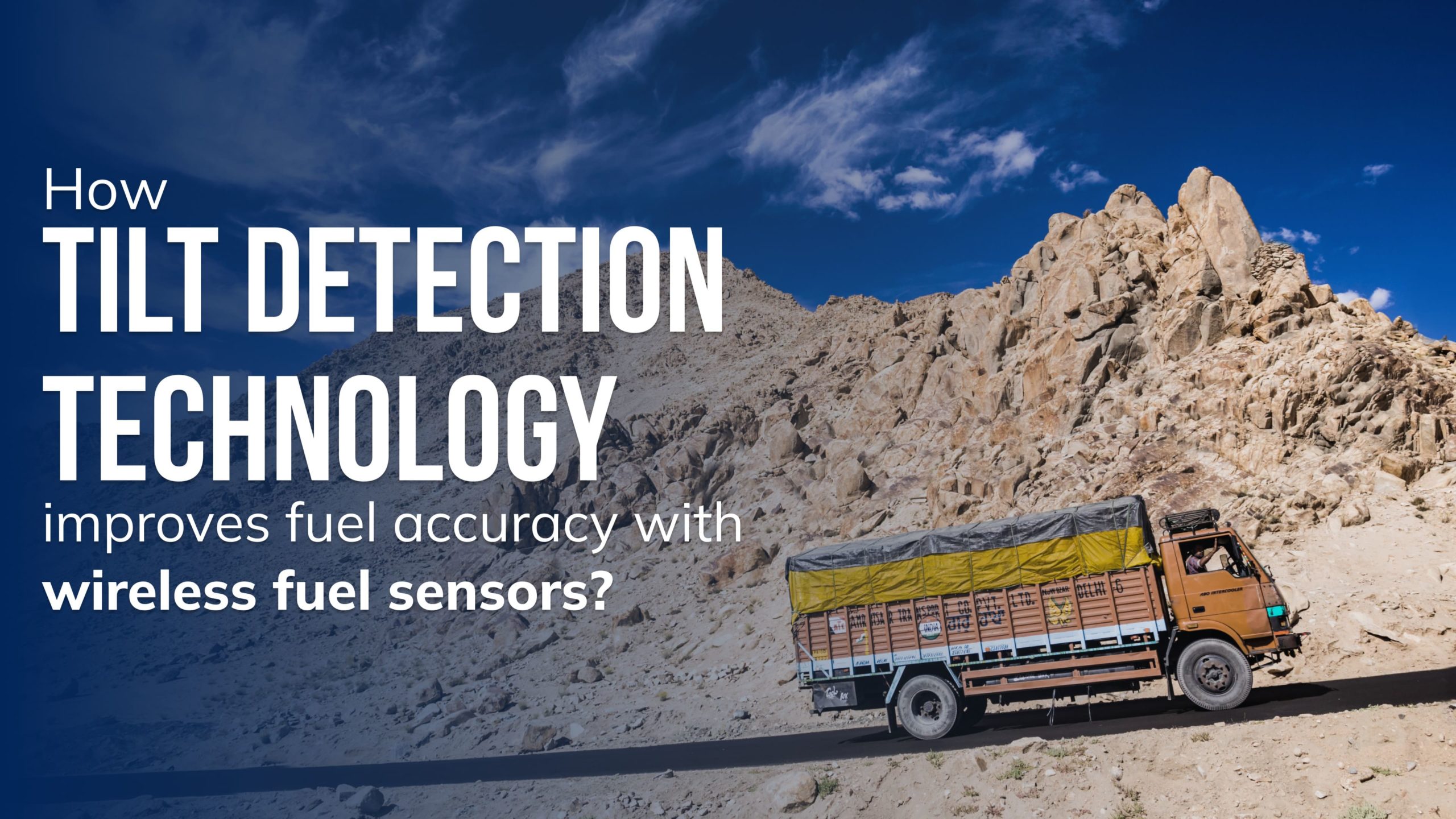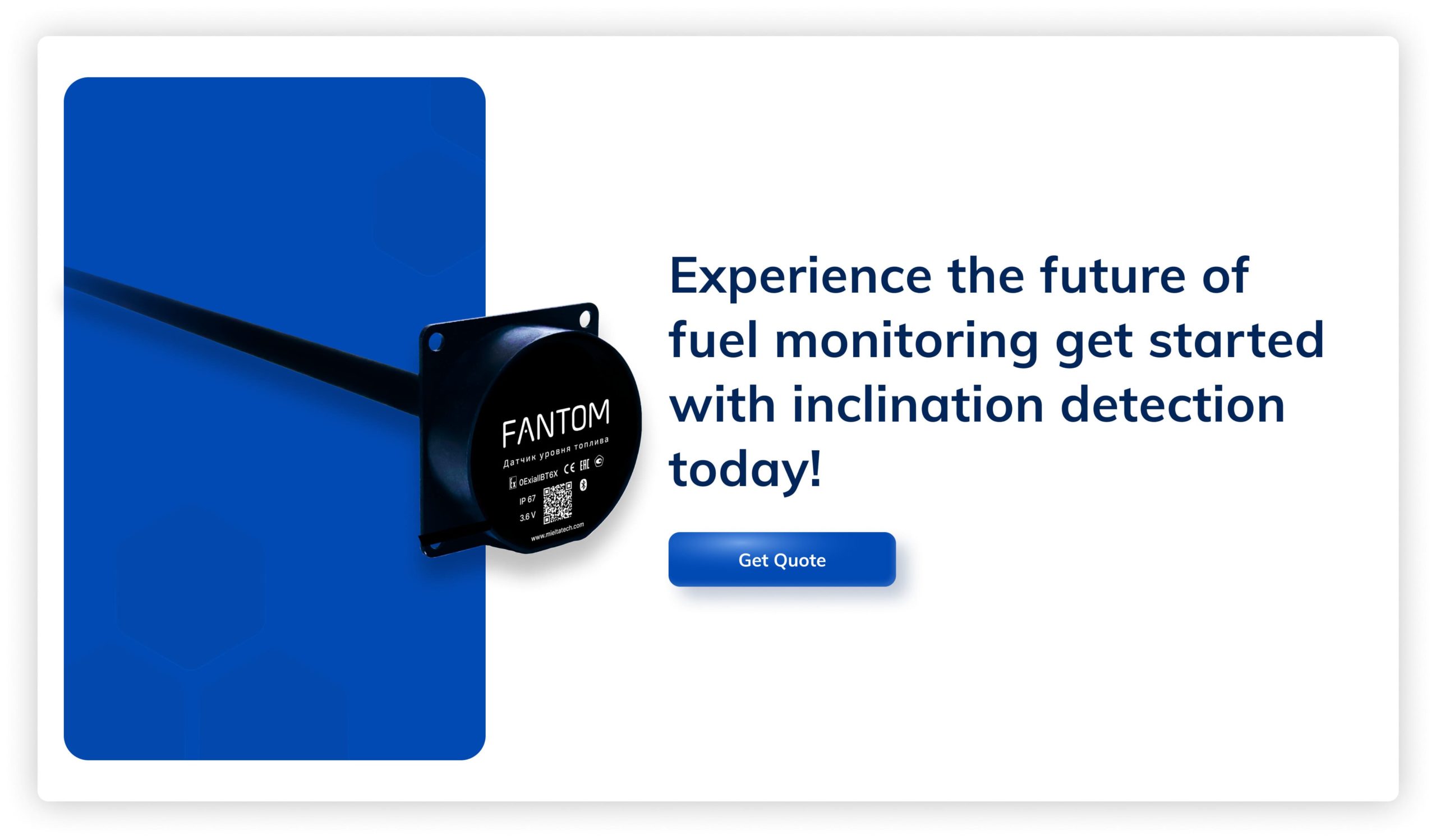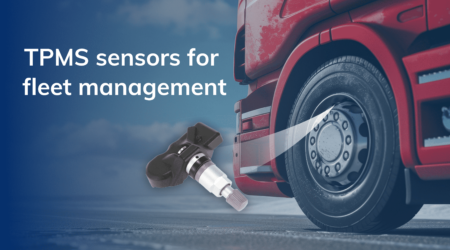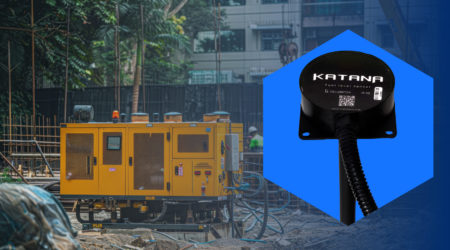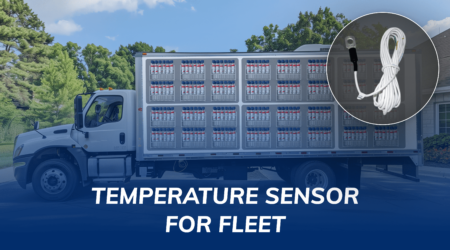How Does Tilt Detection Technology Improve Fuel Accuracy
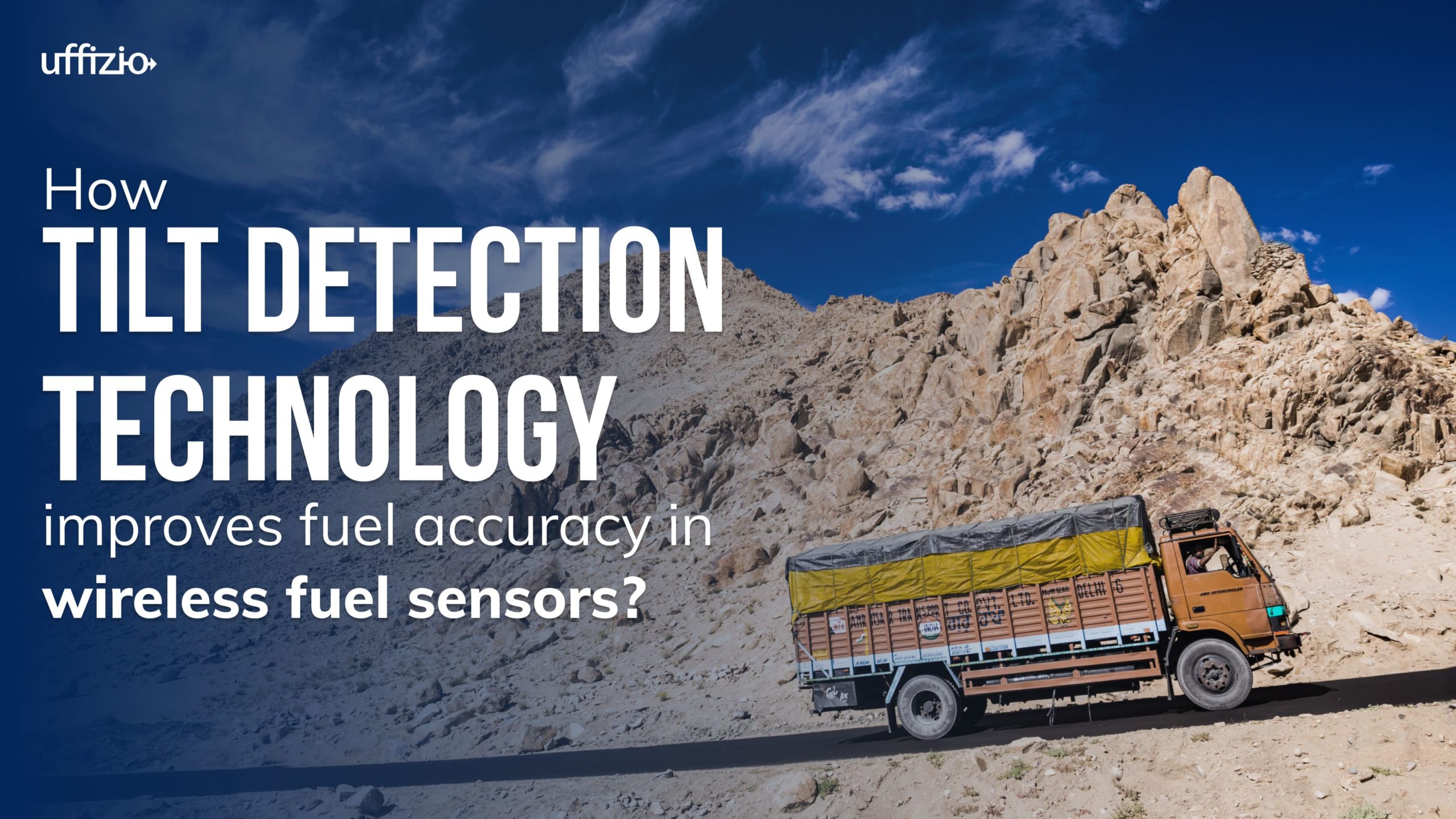
Accurate fuel monitoring is crucial for maintaining efficient and cost-effective fleet operations in today’s fleet management era. Wireless fuel sensors have advanced significantly, with real-time vehicle inclination detection emerging as a key feature. This technology not only ensures precise fuel level readings but also enhances overall fleet safety and performance.
Feature Overview
Vehicle inclination detection integrated into wireless fuel sensors plays a pivotal role in accurate fuel measurement. Here’s a closer look at how this feature works and its technical aspects:
Explanation of the Feature
Technical Aspects and Functionality:
- Integrated Tilt Sensors: These sensors measure the angle of the vehicle relative to the ground in real-time, using accelerometers and gyroscopes altogether.
- Data Transmission: The inclination data is transmitted wirelessly via Bluetooth to a central monitoring system or mobile device.
- Compensation Algorithms: Advanced algorithms process the inclination data to adjust fuel level readings, ensuring accuracy regardless of the vehicle’s position.
- Real-Time Monitoring: Continuous monitoring allows immediate adjustments and alerts when significant tilts are detected.
Advantages of Using This Feature
Incorporating vehicle inclination detection into wireless fuel sensors offers numerous advantages:
- Enhanced Accuracy: By compensating for vehicle tilt, the sensors provides precise fuel measurements, and is also crucial for efficient fuel management.
- Operational Efficiency: Accurate fuel data helps fleet managers make informed decisions, optimizing refueling schedules and reducing fuel costs.
- Safety Improvements: Detecting and responding to unusual vehicle tilts can prevent accidents and equipment damage, ensuring driver and cargo safety.
- Theft Prevention: Real-time monitoring and alerts help detect and prevent fuel theft, safeguarding company assets.
- Maintenance Optimization: Accurate data aids in predicting maintenance needs, preventing unexpected breakdowns and reducing downtime.
Benefits of Using Bluetooth Fuel Level Sensors
Bluetooth fuel level sensors offer unique advantages that enhance overall fleet management and operational efficiency. Here’s how:
- Wireless Data Transmission: These sensors use Bluetooth technology to transmit data to a receiver, such as a mobile device or a central monitoring system, eliminating the need for physical connections.
- Real-time Monitoring: They provide real-time data on fuel levels, which is critical for fleet management, preventing fuel theft, and ensuring efficient fuel usage.
- Compatibility with Different Fuels: Many Bluetooth fuel level sensors are designed to work with various types of fuels, including diesel, gasoline, petrol, and kerosene too.
- Ease of Installation: The wireless nature of Bluetooth sensors simplifies the installation process, as there is no need to run wires from the tank to the monitoring system.
- Battery-Powered: Most Bluetooth fuel level sensors operate independently, using their own battery power without needing a direct power source from the vehicle or machinery.
- Data Logging: These sensors often come with internal memory to log data, which can be crucial for record-keeping and analysis, especially when the device is out of range.
- Alerts and Notifications: Some models can send alerts and notifications if the fuel level drops below a certain threshold or if there are any anomalies, such as potential fuel theft or leakage.
-
Durability and Environmental Resistance: These sensors are built to withstand harsh conditions, also this features rugged designs resistant to dust, water, and extreme temperatures.
Benefit of Fuel Sensor Angle Detection During Installation
- Ensuring Accurate Initial Setup: During installation, knowing the sensor’s angle ensures it is placed correctly. If the sensor is tilted, it provides real-time feedback, allowing installers to adjust its position for optimal accuracy.
- Preventing Installation Errors: Immediate detection of incorrect angles during installation prevents potential errors that could lead to inaccurate readings or sensor damage.
- Streamlined Calibration: Real-time tilt data enables a smoother calibration process, ensuring the sensor delivers accurate data from the moment of installation.
Real-World Applications
Vehicle inclination detection is widely used across various industries, including fleet management for school buses, construction, agriculture, and as well as logistics. Here are some practical applications:
Examples of How the Feature is Used
- School Buses: Ensuring accurate fuel monitoring for buses on hilly or uneven terrains, enhancing route planning and fuel budgeting.
- Construction Equipment: Monitoring heavy machinery operating on sloped grounds, preventing fuel-related discrepancies and as a result improving operation safety.
- Agricultural Vehicles: Optimizing fuel usage in tractors and harvesters working on uneven fields, enhancing productivity and reducing costs.
Case Studies or User Stories
- Case Study: A School District’s Success: A school district implemented wireless fuel sensors with inclination detection in their bus fleet. They reported a 15% reduction in fuel costs and improved safety records due to timely alerts about unusual vehicle tilts.
- User Story: Construction Company: A construction company using these sensors saw a significant decrease in fuel theft and hence improved equipment lifespan, thanks to accurate fuel data and early detection of potential issues.
User Tips
Maximizing the benefits of vehicle inclination detection involves understanding its optimal use and avoiding common issues:
Tips and Best Practices
- Regular Calibration: Ensure sensors are calibrated on time to maintain accuracy.
- Proper Installation: Follow manufacturer guidelines for sensor placement to avoid installation-related errors.
- Monitor Alerts: Pay attention to alerts and notifications to respond promptly to potential issues.
- Data Analysis: Utilize the data provided to analyze trends and optimize fuel management strategies.
Common Issues and How to Avoid Them
- Ignoring Calibration Needs: Regularly calibrate sensors to prevent wrong readings.
- Neglecting Alerts: Promptly address alerts to avoid complex issues that could escalate.
Conclusion
Vehicle inclination detection in wireless fuel sensors is a boon for fleet management. By providing accurate fuel measurements and increasing safety, thus this feature is proven to be a revolution for modern fleets.
